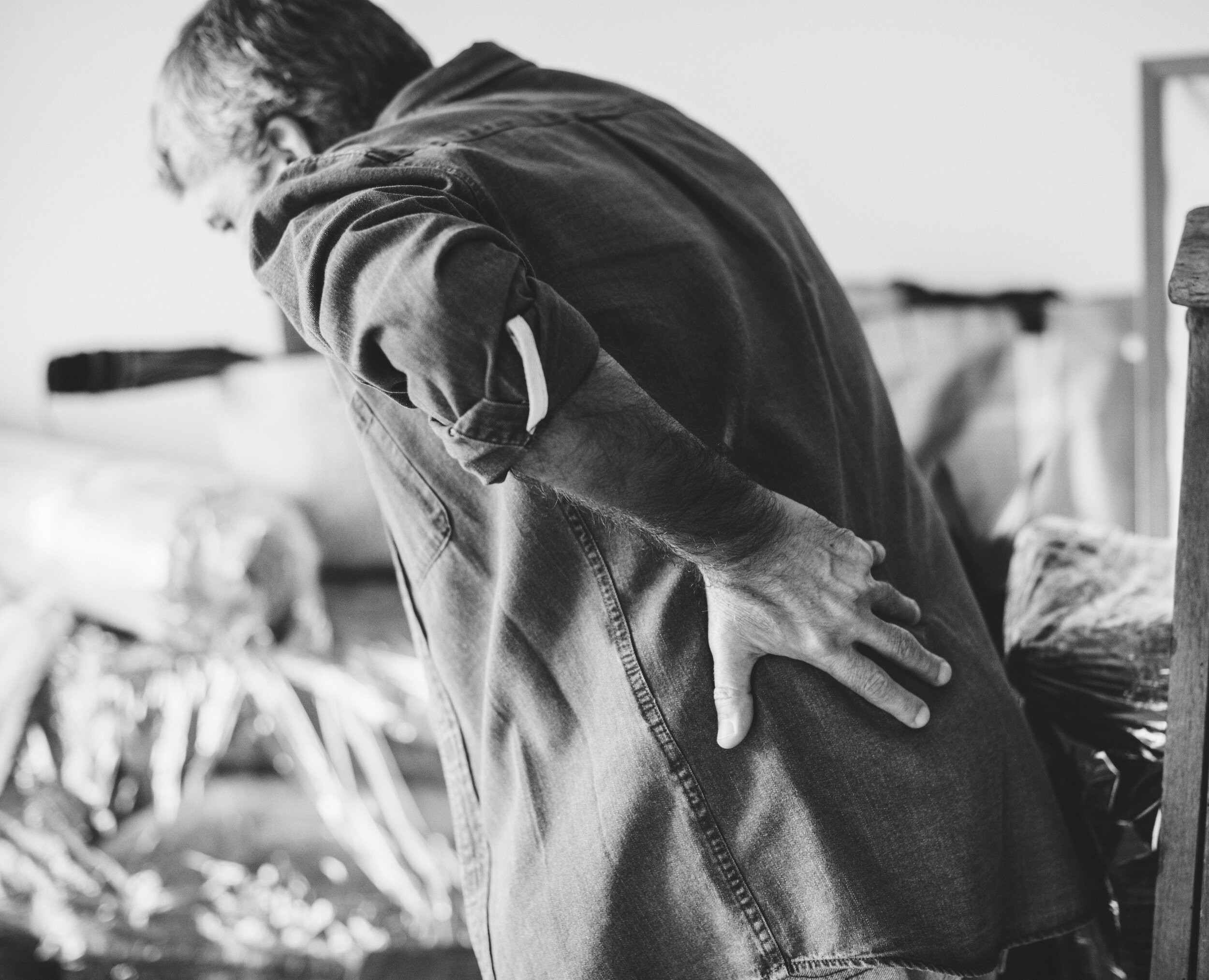

The best guide to rehabbing injuries.
At some point you are going to deal some sort of an injury. Maybe you are already have. Maybe you are dealing with something right now.
I am going to walk you through some different ideas as you approach different scenarios or pain and rehabbing injuries.
There are going to be 6 parts to this post, with each part having its own video.
General guidelines for rehabbing injuries.
Post surgery.
Your post-surgery home exercise program.
Chronic pain.
The idea of layers. Fixing one problem often reveals another one.
Modify your approach to sets and reps.
![Why tight ankles can cause knee pain. [video]](https://images.squarespace-cdn.com/content/v1/5e1fa35d6d6d853d5fbd5b4d/1579872830469-6LVJLPZYHOEGQ006UPCT/ankle+anatomy.jpg)
Why tight ankles can cause knee pain. [video]
A common situation in the body is one where your pain and the actual problem are not the same part of the body. Once of the reasons people deal with chronic pain is because they only treat their symptoms and never address the actual problem.
This happens all over the body but I am going to talk about your ankles to day. Why the ankles, read on, kemosabe.
![Are you dealing with shoulder and neck pain? [video]](https://images.squarespace-cdn.com/content/v1/5e1fa35d6d6d853d5fbd5b4d/1579835028180-A2PRCP9BT1HPVPOW1U8K/shoulder+pain+2.png)
Are you dealing with shoulder and neck pain? [video]
In many cases, shoulder and neck pain are symptoms and not the actual problem. If only treat the area that is in pain, you will never resolve the issue.
Too often, a part of the body is not properly assessed for its role in the both neck and shoulder pain. The thoracic spine. It is the fancy piece of real estate between the neck and the low back.
![Tired of dealing with chronic low back pain? [video]](https://images.squarespace-cdn.com/content/v1/5e1fa35d6d6d853d5fbd5b4d/1579833488995-JP7DLJ7YLQ7DMDMCVHC7/LBP.png)
Tired of dealing with chronic low back pain? [video]
Low back pain is complex. No one thing is going to resolve your back pain so stop looking for it. If you truly want to resolve your pain, you will have to tackle this on multiple levels. This means you will have to:
strengthen some areas
stretch others
change how you sit
change how you move
change how you lift
change how you bend
spend time focusing on movements that you have been doing for a long time and routinely do not think about

Tell your doctor to go pound sand.
No disrespect for these health care professionals, but their evaluations skills are average at best. And, they often do not have the time to truly evaluate someone even if their skills are not subpar.
And, treating pain with meds only attempts to deal with your symptoms. It DOES NOT deal with the underlying problem that is causing the pain.